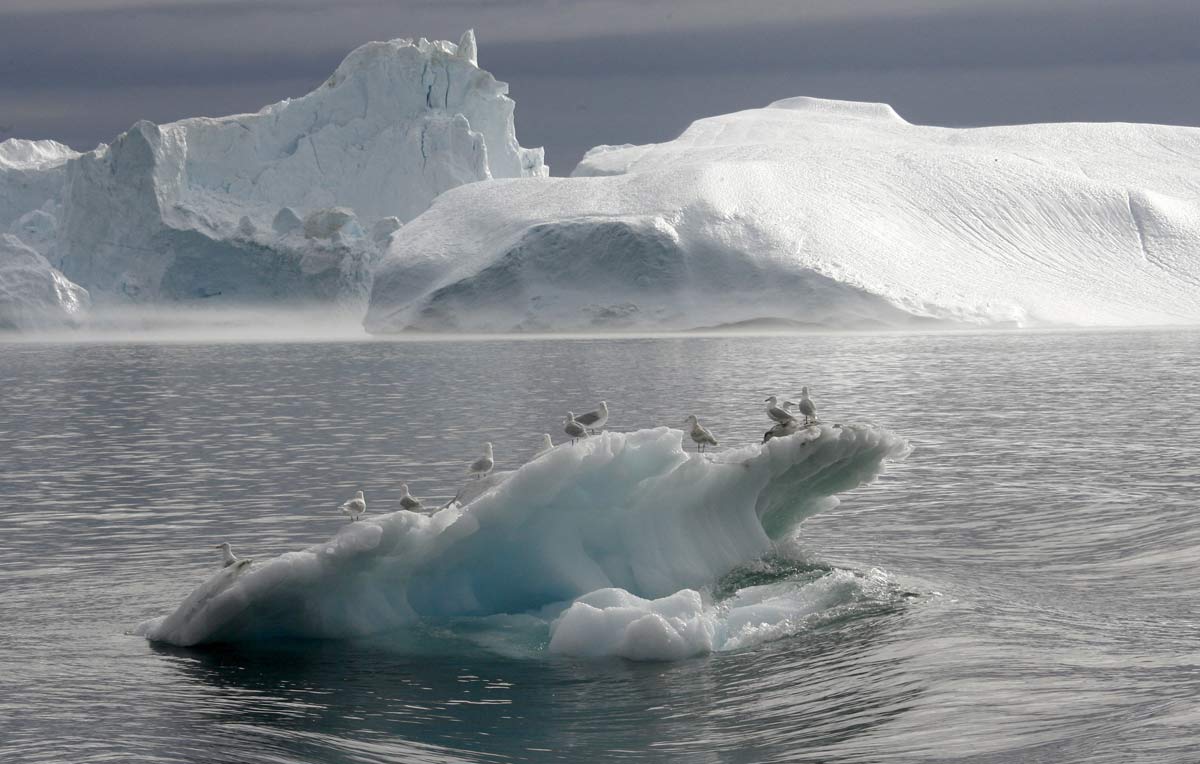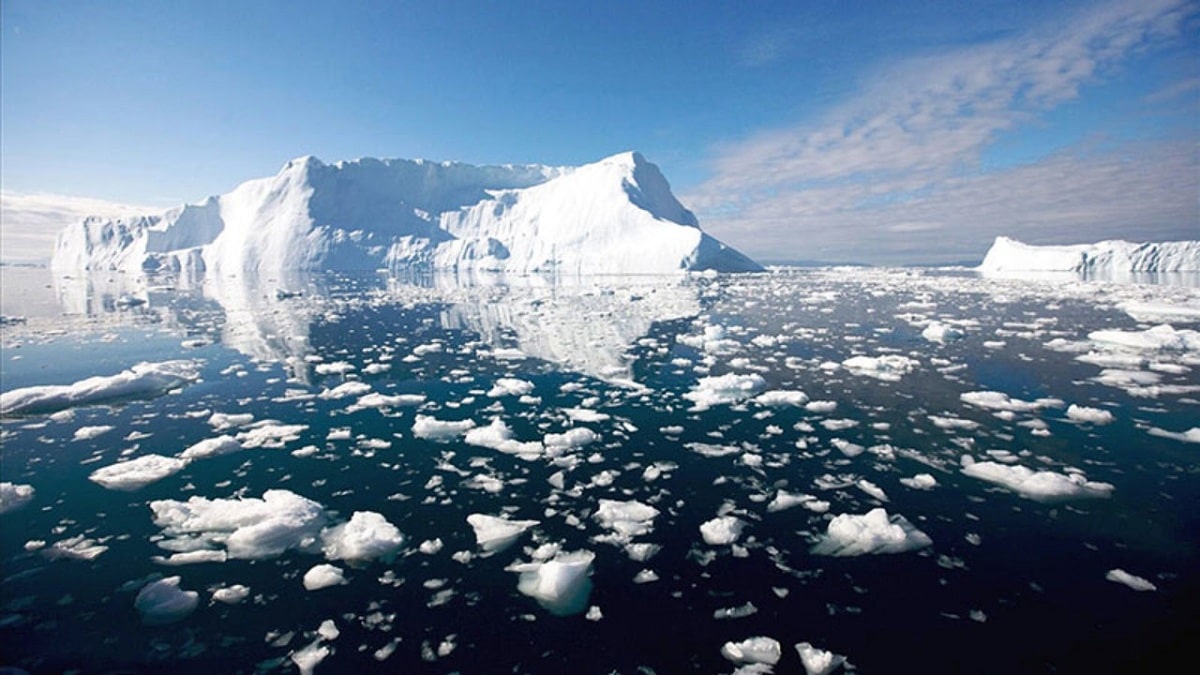
For several decades now, they have been talking about thaw at the poles caused by global warming. The average temperature of the planet is rising to such a point that it is causing the rupture of the polar caps and their melting. Climate change is one of the immediate consequences of the increase in the greenhouse effect. The data on this thaw are quite scary since it can be observed that the process is accelerating more and more.
In this article we are going to tell you everything you need to know about the melting of the poles.
What does the melting of the poles mean

When we say that there is a melting of the poles, it means that the ice caps of the poles are melting. The loss of ice that oil the water turns into a liquid state causes an increase in the levels of the oceans and seas. It must be taken into account that freezing and thawing is a natural process since the earth is having different periods of glaciation and warming. However, what we are afraid of is not that there is a thaw due to natural cycles of our planet, but a Accelerated process due to human actions and activities.
The problem is that the melting of the ice is taking place at a much faster rate than it has occurred throughout history in the cycles of glaciation and warming of our planet. This is due to the great human activity that causes greenhouse gas emissions capable of retaining heat in the atmosphere. As more heat is accumulating, the more average temperatures rise and causes a melting of the polar caps.
This thaw is giving us naturally and it should be seen as a serious and urgent problem for humans and the rest of the living beings that inhabit the planet.
Antarctic warming

The water turned into ice that exists in Antarctica is warming faster than the global average. We know that the entire planet is warming, but it is warming everywhere. The Antarctic or South Pole area is heating up at a faster rate than the rest due to the circulation of the conveyor belt. The conveyor belt is the air displacement that transports the air masses from the Equator to the poles. If these air masses carry greenhouse gases inside them, they start to concentrate in a greater proportion in the area of the poles. This causes a greater amount of greenhouse gases to exist at the poles, although they are directly emitting us from there.
Antarctica is increasing the average temperature at a rate of 0.17 degrees Celsius while in the rest it does a rate of 0.1 degrees per year. However, we are seeing a general thaw across the planet. Due to the melting of this ice, the sea level rises around the globe.
There is some data that shows the increase in ice in Antarctica. It may seem somewhat paradoxical despite the fact that a widespread thaw phenomenon is taking place. In total terms, sea ice has decreased although Antarctic ice has increased. This he has been doing constantly since 1979 and it must be added that Greenland and all the glaciers on the planet were also lost. Therefore, it can be said with total certainty that the earth is running out of ice caps by leaps and bounds.
This widespread loss of land ice cover causes the surface to reflect less solar energy. This is known as albedo. Albedo is the ability of the earth to be able to return part of the incident solar radiation to the surface back to outer space. The fact that the earth has a lower albedo makes global warming even more intense and, therefore, the process is fed back in an accelerated way. Thus, the thaw takes place at a higher speed. It should be mentioned that this affects the sea level, causing it to rise more rapidly and drastically.
Despite all the data that have been contrasted by scientists, there is clear evidence that not only does global warming exist but is accelerating in recent times. Some media continue to downplay the consequences of climate change to focus on other aspects.
Antarctica ice increased in 2012

This sounds somewhat paradoxical that there is more Antarctic sea ice. Scientists believe that the cause of this phenomenon is the wind. There are different trends in sea ice that are closely linked to local winds. It is because the changing force of the cold winds are what carry the ice away from the coast. These winds are capable of freezing the water. It is also pointed out that the ozone hole in the southern hemisphere is affecting this phenomenon.
Most of the Antarctic ice even on land. It is a vast area that covers the earth's surface and is extended from the ocean all around. The Antarctic ice sheet is shrinking at an average rate of 100 cubic kilometers a year.
Thaw at the poles and consequences
The opposite occurs in the Arctic. Most of here is ocean while Antarctica is surrounded by land. This makes the behaviors before the weather different. Although the floating sea ice melts, it has little effect on rising sea levels. This is not the case with mountain glaciers or Antarctic glaciers.
The most recent data on the melting of the poles indicate that in Antarctica there is one of the largest glaciers known by the name of Totten that is melting due to the increase in ocean temperature. They have lost a large amount of ice surface and all this will be affected by a rise in sea level. NASA has announced that it seems that we have reached a point where the melting situation at the poles is irreversible.
I hope that with this information you can learn more about the melt at the poles.